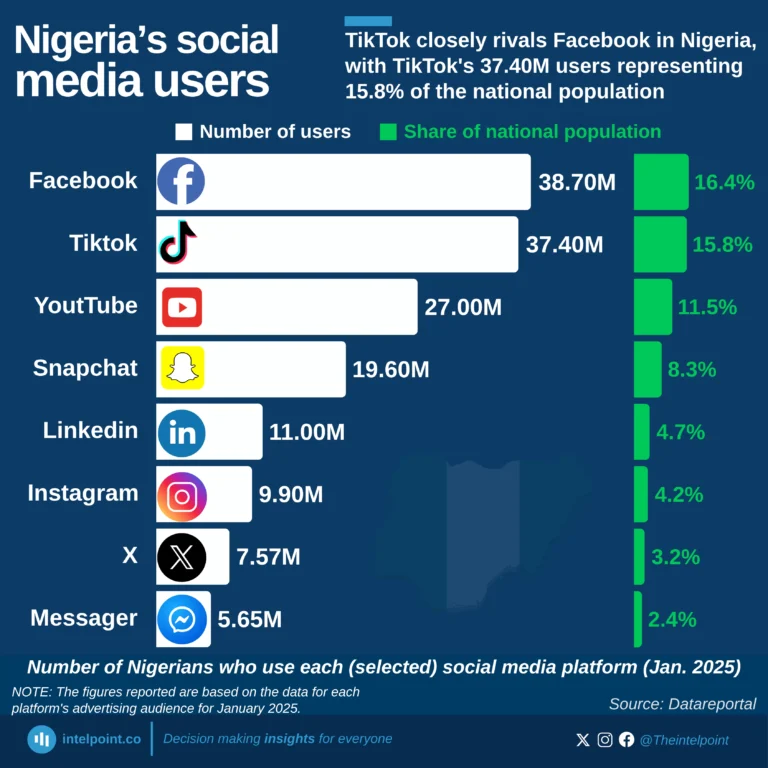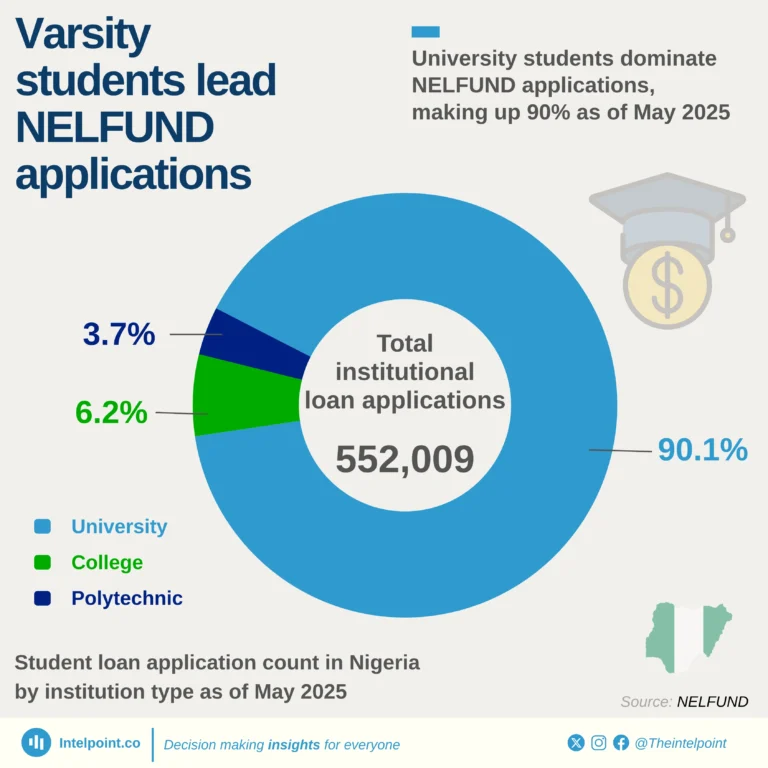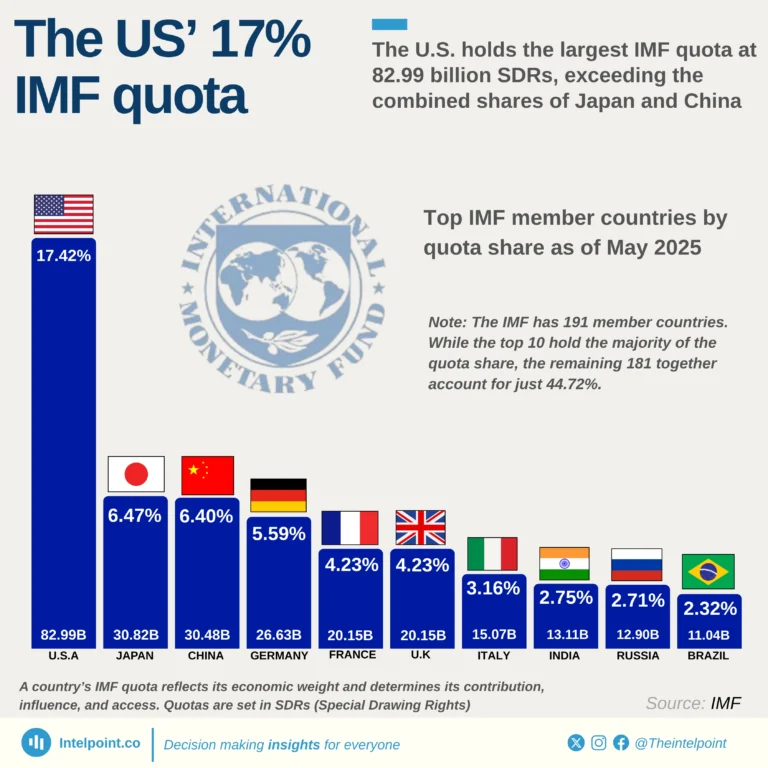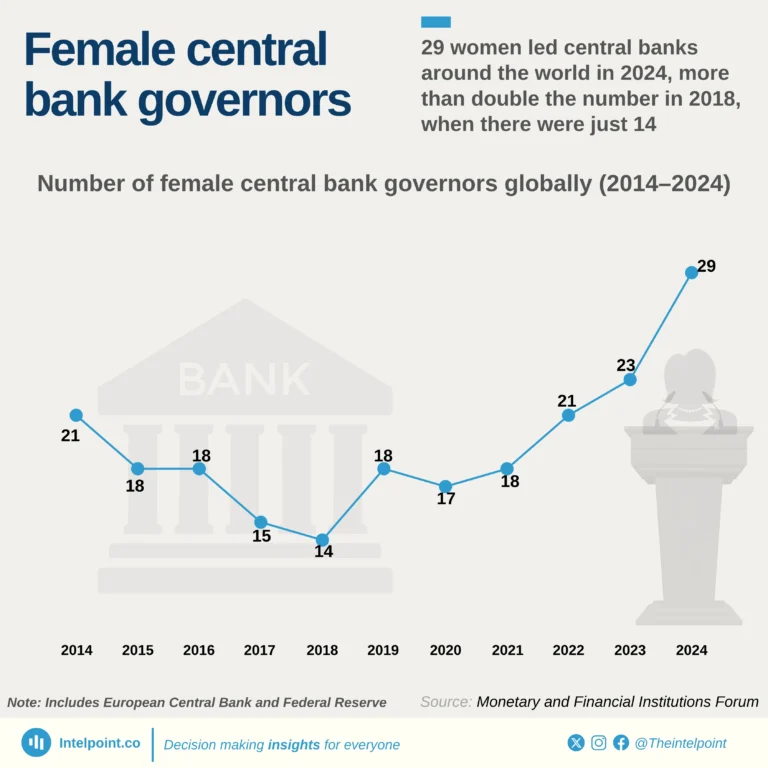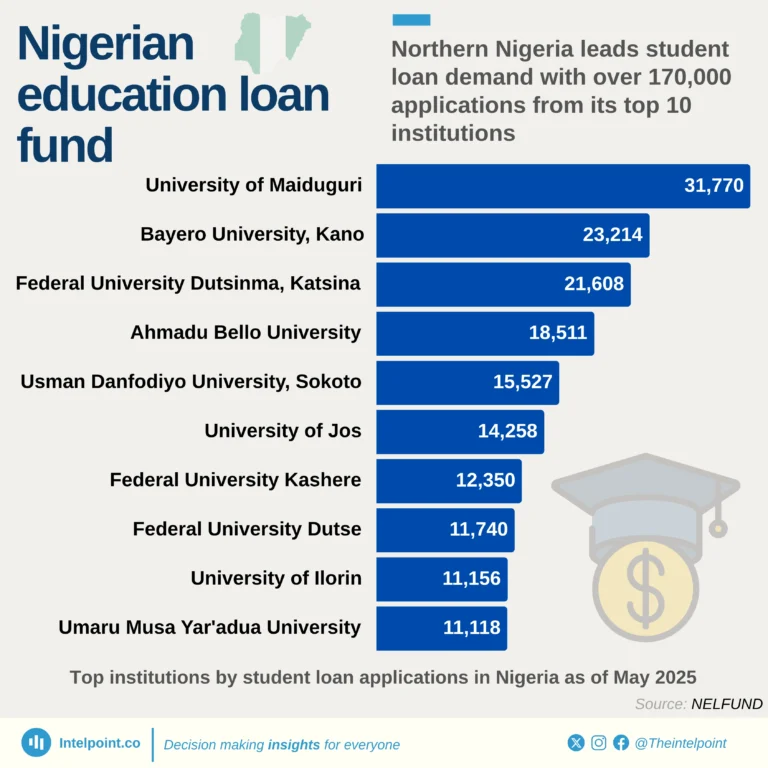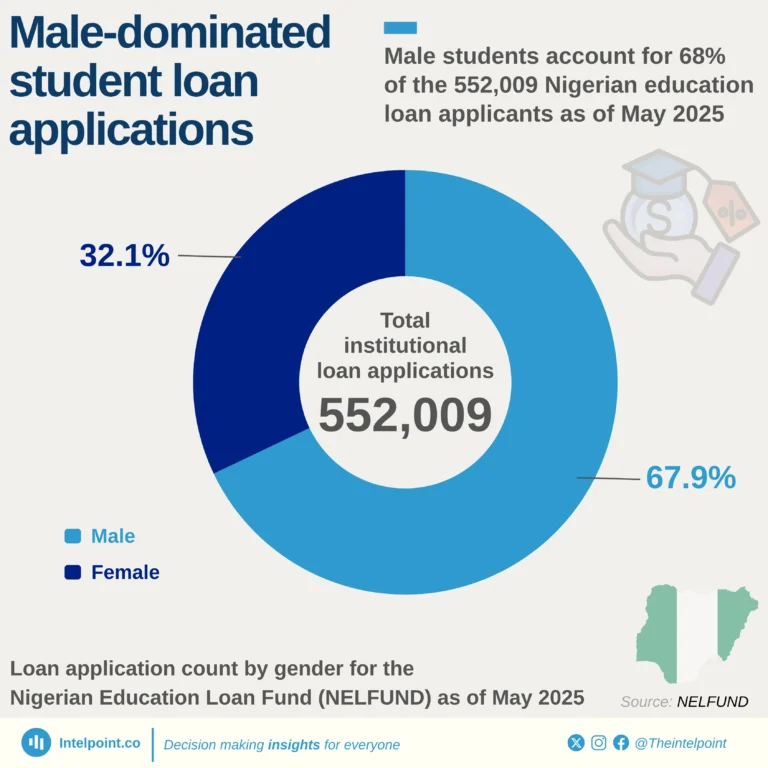
Across IDP camps surveyed by the National Bureau of Statistics (NBS), the share of people displaced from their homes for four years or more ranges from 27% in Katsina to 92.5% in Nasarawa.
Most IDPs across the surveyed states have been displaced for at least four years, with only Sokoto and Katsina recording fewer than 50%. This reflects how long insecurity has persisted and the difficulties displaced persons face in returning home.

When streaming giant Netflix expanded its footprint to 130 countries in 2016, Nigeria was among the markets it entered. The company began by acquiring local content from producers and soon transitioned into creating original productions, investing $23.6m by 2022.
These original productions have achieved significant milestones. Titles like The Black Book and Jagun Jagun reached the global top ten for English and non-English films, respectively, within a week of their release.
In 2024 alone, Netflix has revised its monthly subscription fees twice. The Premium plan now costs ₦7,000, up from ₦4,400 at the beginning of the year, while the cheapest option—the mobile plan—has increased from ₦1,200 to ₦2,200.

Only 30.2% of the Nigerian population report having a birth certificate, and there are wide disparities on a zonal level. The North East has the country's lowest rate at 19.7%, compared with the 53.5% in the South West.
Overall, Northern zones fall below the national rate, while the Southern regions outperform the national rate.

The University of Ibadan remained Nigeria's only university for twelve years before the University of Nigeria, Nsukka, was established in 1960. Eleven universities followed between 1962 and 1975, increasing the number to 13 federal government-owned universities.
The first state university was established in Rivers State in 1979, marking the beginning of the displacement of the federal government's ownership monopoly. Six state and nine federal universities were added in the 1980s, with four federal universities added in 1988, the year of the first Academic Staff Union of Universities (ASUU) strike.
While state-owned universities have grown steadily, slightly outpacing those owned by the federal government, private universities have displaced both, increasing from three institutions in 1999 to 33 in 2007, 60 in 2015, and 149 in 2024. There are now more private universities than federal and state universities combined.

In 2023, a staggering ₦721 billion was paid as bribes to public officials in Nigeria, highlighting systemic corruption. Judges and magistrates received the highest average bribe of ₦31,000, reflecting the critical nature of their roles in decision-making processes. Immigration officers followed with an average of ₦17,800, while members of the armed forces received ₦16,600.

In 2023, bribery was increasingly being rejected in Nigeria, with 70% of Nigerians refusing to pay a bribe when asked to. Of these, 42% cited moral beliefs as the primary reason, while 21% opted for alternative methods to achieve their objectives, reflecting a growing resistance to corruption.

On a regional level, sub-Saharan Africa has the lowest average at 33, among 49 countries, while the Western Europe and European Union region outperforms all regions with an average of 65.
The Corruption Perception Index measures the perceived levels of corruption across countries and territories.

Inflation levels across Africa's largest economies range from low and stable in Morocco to high and concerning in Nigeria. Egypt and Nigeria have seen inflation rise to record levels, driven partly by currency devaluations in both countries.
Nigeria has not only fallen from its top spot as the continent's largest economy, but it now holds the spot for the highest inflation rate amongst the top ten economies by GDP.

While its inflation rate has decreased from 292% in April 2024 to 195% in October 2024, Argentina still has one of the highest inflation rates in the world.
This triple-digit inflation rate mirrors Argentina's hyperinflation crisis of the 1980s and 1990s when the country's inflation rose as high as 20,000%.
The Milei-led leadership has instituted reforms since taking office in December 2023, but there have been protests from the public over the resulting hardship.

Rwanda is performing relatively well in terms of governance and rule of law, leading sub-Saharan Africa for the third consecutive year with a score of 0.63 in the 2024 Rule of Law Index. Namibia (0.61) and Mauritius (0.60) closely follow, showcasing relatively stronger legal frameworks.
At the lower end, Nigeria, Congo, and Gabon score 0.40, highlighting persistent governance challenges.
Globally, Denmark tops the list of 142 countries, with a score of 0.90, while Venezuela ranks last at 0.26, emphasising the gap between SSA's highest performers and global leaders. This mix of progress and struggles illustrates the varied state of governance across the region.
